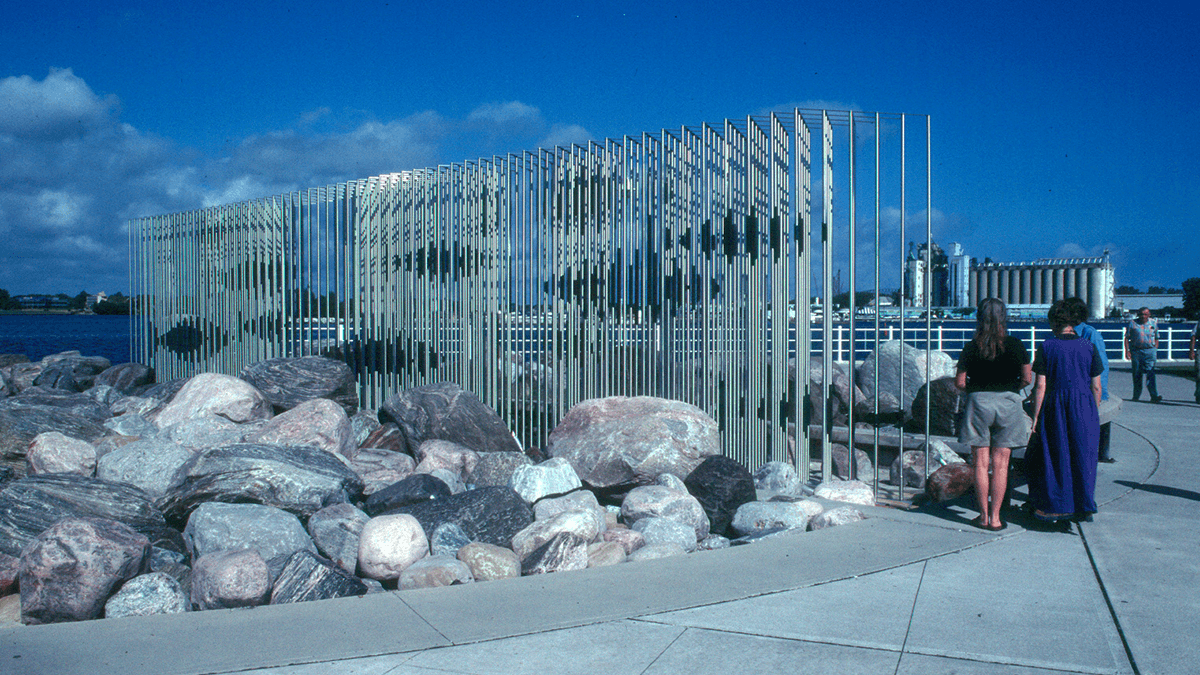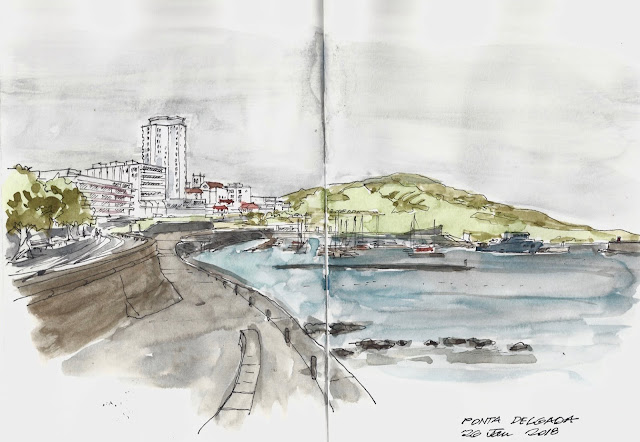
The restoration of urban waterfronts is a complex undertaking that involves a variety of stakeholders, processes and plans at different scales.
When urban designers and landscape architects work on waterfront projects, their vision takes shape through many lenses.
They don’t only consider the physical and material aspects; they have to think about the social, cultural, environmental, and economic values of the waterfront spaces they create.
Back in the 80’s and 90’s waterfront projects were more of “festival-type market regeneration initiatives” that focused mainly on leisure and retail uses. Since then, waterfronts have evolved to be more culturally and entrepreneurial-focused.
A great waterfront is sustainable, accessible and resilient. It is linked to traditional city and urban functions while driving innovation and change. But how does such a waterfront take shape?
To mould waterfronts into vibrant urban spaces that fulfill different roles, landscape architects and urban designers need to take a deep dive into multiple approaches.

Culture Runs Deep
Waterfront developments create real connected places for communities to gather. They are vital centers of cultural regeneration and are deeply intertwined into the fabric of urban life.
It is important to connect the waterfront to its history while inviting new experiences and meanings. Reusing historic buildings and local heritage as well as designing new buildings that serve as activity hubs to engage the public are key to vibrant waterfront places.
Waterfront destinations need to offer diverse, layered activities and programming that go beyond just creating economic activity along the shore. They increasingly host cultural venues and events to create a feeling of community among residents and their historic value has been capitalized on to attract visitors and tourists.
For a culturally orientated revitalization, designers and architects need to build strategic local partnerships that constantly involve the community and consolidate local ownership and pride in the project.

Keeping Waterfronts above Water
Waterfront redevelopment projects should create sustained economic development by leveraging a variety of innovative partnerships and funding models.
Earlier models of waterfront regeneration promoted activities and functions centred merely on consumption, which are highly susceptible to economic fluctuations and require periodic reinvestment to keep them current and relevant.
However, recent approaches have turned to the service economy and small local business operations to stimulate new economic activity and aid in the physical regeneration of urban waterfronts.
This allows for economic activities that support retail, dining, public transportation, recreation, and tourism while at the same time putting public goals first and integrating waterfronts into the social fabric of the local economy.
To realize sustainable economic development, waterfronts need to improve inward investment and tourism through public-private partnerships, partnerships with nonprofits, industry and academia.
Sustainability of the First Water
Waterfronts are places where people learn from and are inspired by nature, which is why natural forms and systems need to be incorporated into urban landscape designs. They can also be instrumental in pollution control and preserving and enhancing the natural environment.
Resilient designs consider the built, natural and social environment. Performance measures related to energy, water, waste, transportation and materials should be a main consideration when evaluating the project’s impact on the environment and local community.
Landscape architects need to integrate solutions that improve the ecological health of the aquatic ecosystem by securing the quality of water in the system of streams, rivers, canals, lakes, bays and ocean.
They also need to create climate positive communities by designing waterfront developments that can survive and thrive in response to a changing climate and in times of emergency.

Social Justice Practices that Hold Water
Waterfronts are contentious spaces where the interests of the private sector may compete with public access needs. Issues of inclusivity, access, and affordability always come up, especially in relation to gentrification, marginalization and social exclusion, and overt commercial exploitation at waterfront spaces.
Public–private partnerships in design and planning are integral for waterfront regeneration projects. The private sector ensures market knowledge and acceleration of development. Public authorities play a coordinating role in policy interventions and project management and ensure quality of design and social equilibrium.
For a successful long-term urban renewal benefiting all who frequent the waterfront, designers and architects need to find the right balance to satisfy the interests of different stakeholders.
It is important to constantly involve the community to consolidate historical memory and place identity while also ensuring the economic and social sustainability of the project.

A Drop in the Ocean
In our work on waterfront development projects, NAK Design Strategies ensures the principles we outlined are integrated into a comprehensive strategy. In our detailed master plan for the Sarnia waterfront, for example, we used a holistic design approach to create a vibrant, livable waterfront. Our landscape architects delivered a concept that the improved visual access to the water, created a major civic space, and provided for diverse recreational activities and facilities.
Only the Tip of the Iceberg
Great design is vital to a great waterfront. It’s increasingly clear that a holistic, strategic vision for urban waterfront revitalization projects is essential for long-term success.
Collaborative governance and inclusive decision-making ensure that waterfront development projects are considered as part of a broader integrated regeneration strategy that encourages environmental and economic sustainability, social renewal and community resilience.
The future success of waterfront regeneration strategies depends on how well landscape architects and urban designers integrate all of the systems, flows and interactions between people, nature and the built environment.
